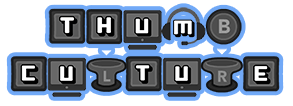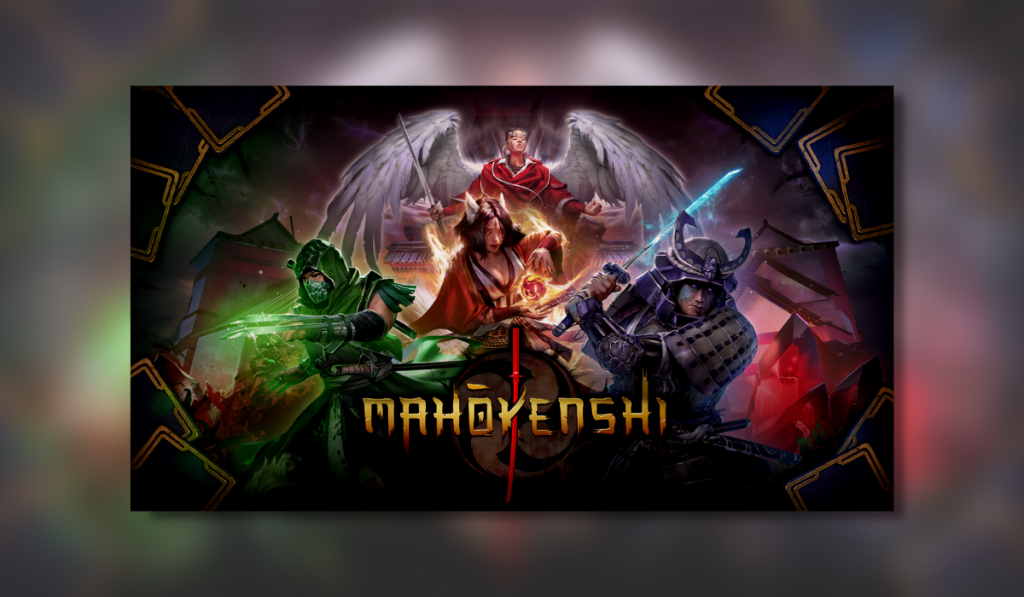
From developers Game Source Studios we have Mahokenshi. This deckbuilding adventure hex-strategy title was released on the 24th of January 2023 and was published by Iceberg Interactive, who brought us Land Of The Vikings.
Which Mahokenshi will you choose?
Deckbuilder titles are increasingly becoming my go-to title when gaming solo. I enjoy the various gameplay styles they offer with the more complex titles, yet enjoy the simplicity of some of the more mobile on-the-go versions. Let’s dive in and see just what Mahokenshi has to offer.
Gameplay
Within Mahokenshi it is your duty to protect the Celestial Islands from the bad and the ugly. Using your chosen deck/playstyle you will battle various enemies from demons to sorcerers whilst protecting the villages being attacked. From the get-go, you are provided access to one Mahokenshi, which is the House Of Ruby. This is the starting deck which eases you into the gameplay mechanics nicely. Fortunately, there is also a well-set-out tutorial which sets you on your way but puts you at the heart of the action from the start.
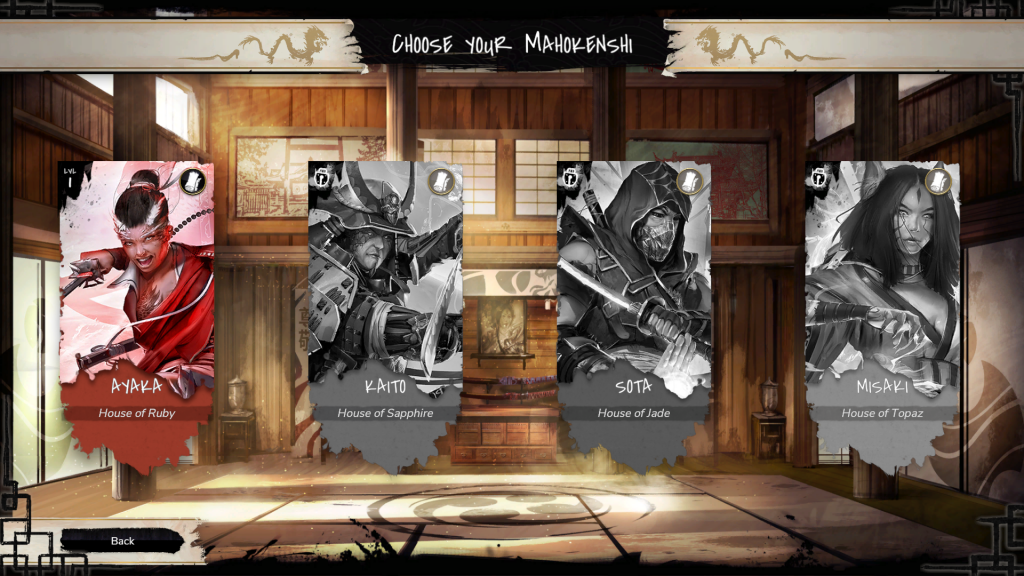
The title is a turn-based deck builder, where you have a certain amount of energy per turn. Each card within your deck has a specific value which is then used within the designated energy range. To start out with you have four energy, however, depending on your play style and the cards used this can be increased. There is also the ability to upgrade your cards which can change the energy values, this can be done via the maps at the dojos. However, it isn’t only the cards which consume energy. Moving around the map also costs, this is one energy per tile moved.
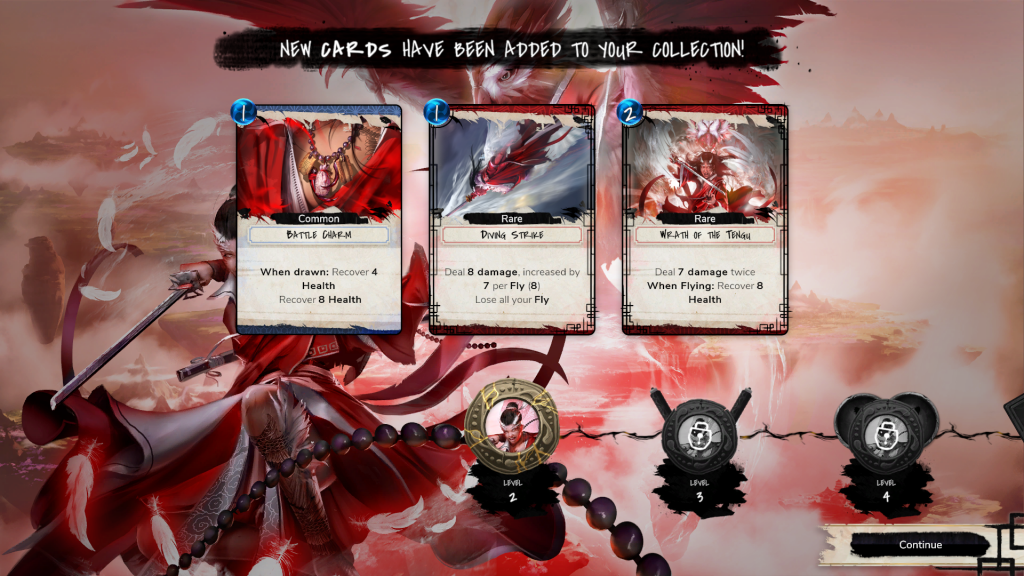
Within the Celestial Islands, there are various landmarks where you can power up/change your deck. Villages have marketplaces to buy various rare cards, and you can purify (remove cards) from your deck at the shrines around the map. This comes at a cost of 50 coins per card but is sometimes well worth it if you have any cards which are of no use. As you move around the maps you also have the ability to collect cards at various tiles. You aren’t forced to take them as sometimes there are poor sets available, but it is nice to extend your deck for the game being played. Along with cards, there are treasure chests full of coins, I highly recommend picking these up as they can make or break your run. You need the coins to upgrade and pursue more powerful paths within the game.
Graphics & Audio
When it comes to deck-building titles, there is hardly any drain on your build in relation to CPU and GPU usage. There are no vast maps to be loaded, just the playing area. This allows for there to be a little more detail when it comes to the graphics. Obviously, we aren’t looking at realism here but what we have is a set of well-designed/implemented assets. Everything from the level design to the animations works really well. The only element which falls a little flat is the health bars for the on-screen characters.
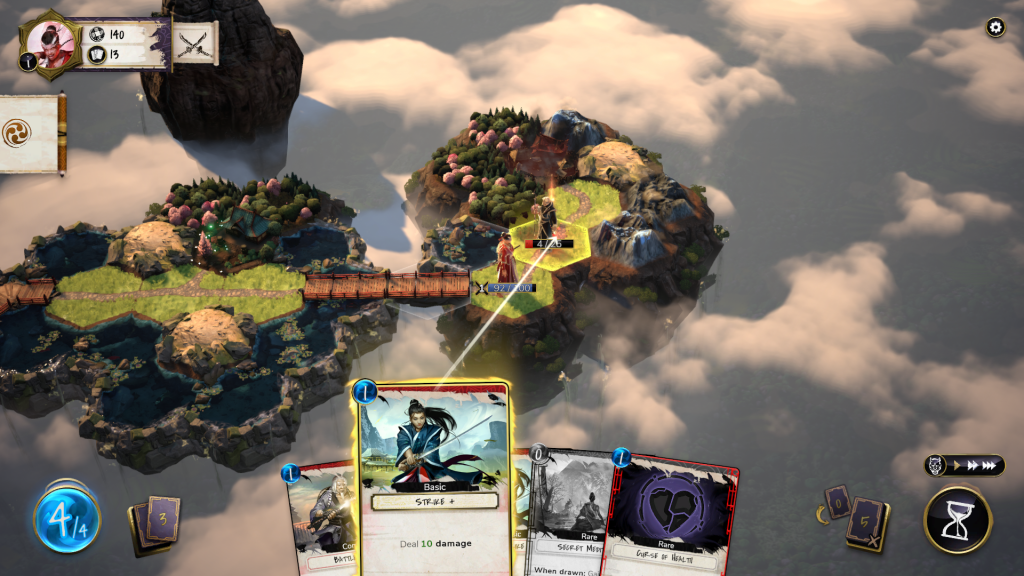
Games like Mahokenshi can sometimes have overbearing soundtracks that really get in the way of playing the game. You want grand quest music that flows with serene elements at moments of calm. Alternatively when in battle you want to be uplifted with slightly more intense powerful undertones. This is where the sound engineers have done a fantastic job and really immerse you in the game.
Longevity
Mahokenshi ultimately has one route of gameplay if you break it down to the baseline. This is playing the linear route of the game with the first house that you are provided with. However, there is an abundance of content to have aside from this. As mentioned previously there are four houses in total. So you can potentially play the game four times over as a minimum. On top of this, there are also side missions and challenges on the levels. I can almost guarantee that you will not do all of these on your first play-through.
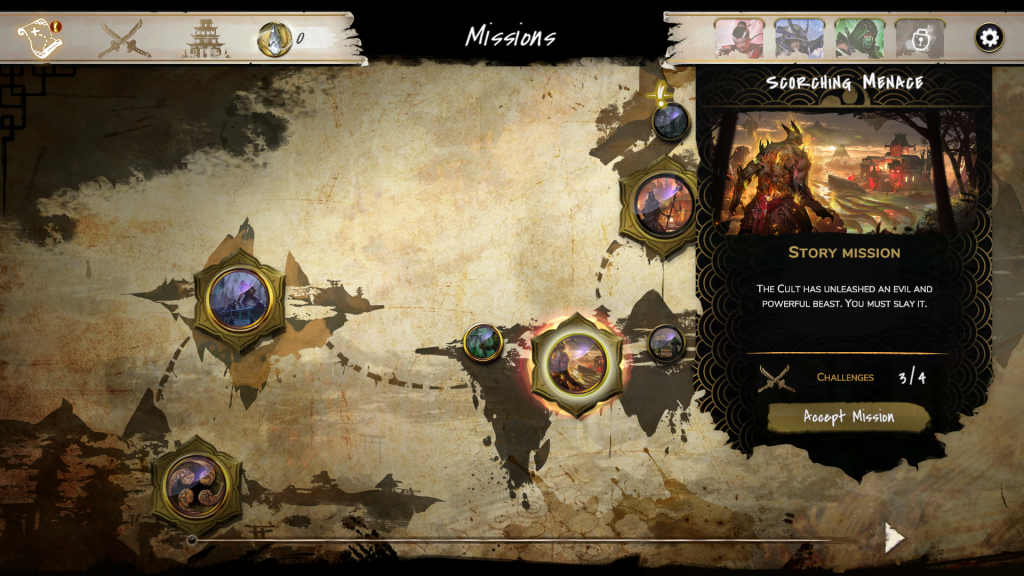
For those who enjoy the deck building, there is an ample amount of gameplay for you to sink months upon months into. I could also potentially see this title been a good interactive streaming title. Content creators could put the moves of their characters in the hands of their viewers. Ultimately bringing a community into your game and having some fun. However, be careful as some of the challenges within the levels are turn-sensitive.
Final Thoughts
Taking all of the above into account, I really couldn’t fault Mahokenshi. For me, it sits firmly in the midground of deck builder titles. It isn’t difficult to pick up and the mechanics are easily understood. At the same time, it is also not as in-depth as some of the other titles currently on the market. This makes it really easy to pick up and enjoy from the start, it is pretty much self-explanatory after the tutorial. It provides various gameplay elements and customisation if that’s what you are looking for, but it’s also just a pickup-and-play. I award Mahokenshi a Thumb Culture Platinum Award.

Disclaimer: A code was received in order to write this review.
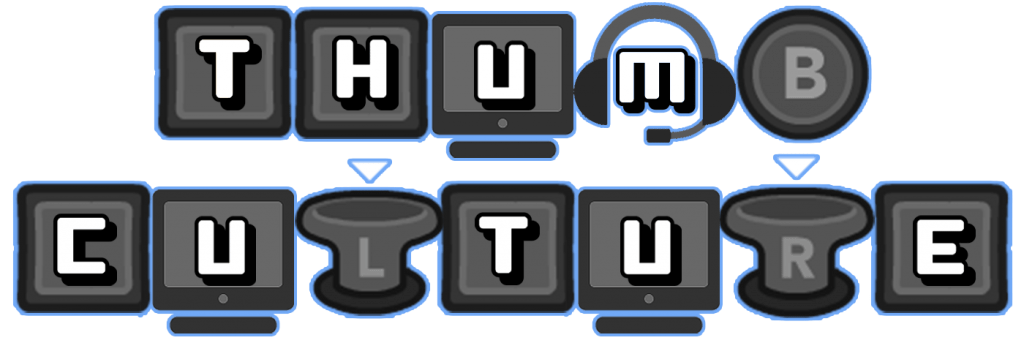
YouTube | Facebook | Twitter | Instagram | Discord | Podcast
